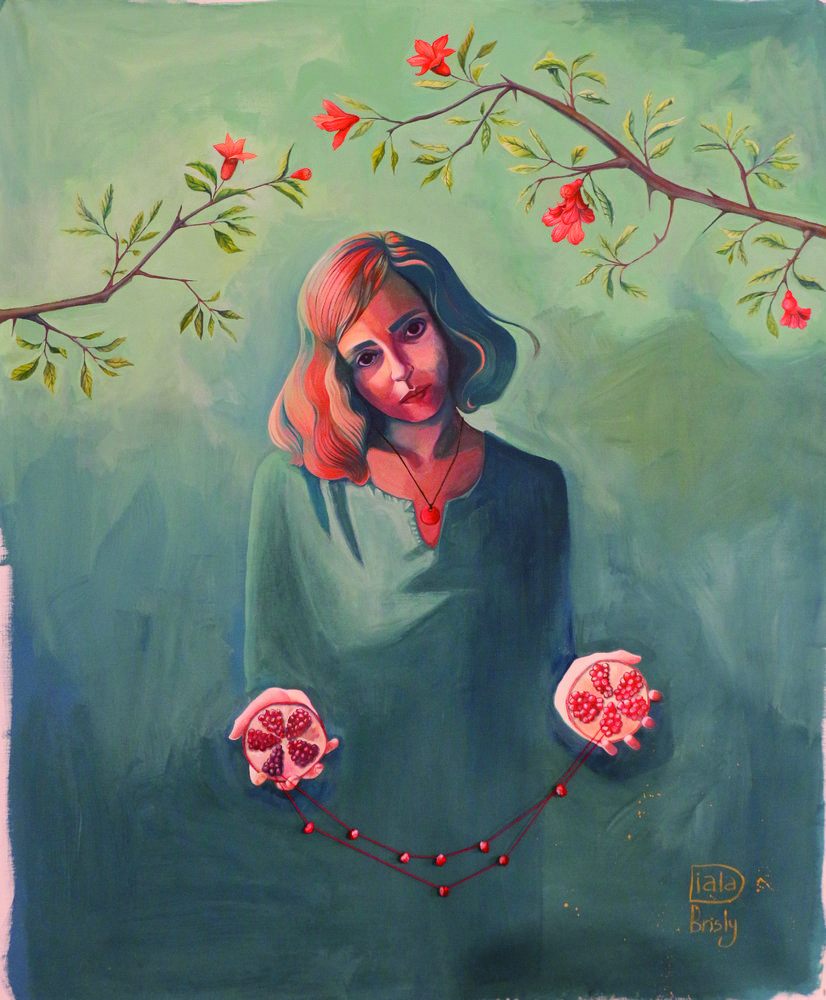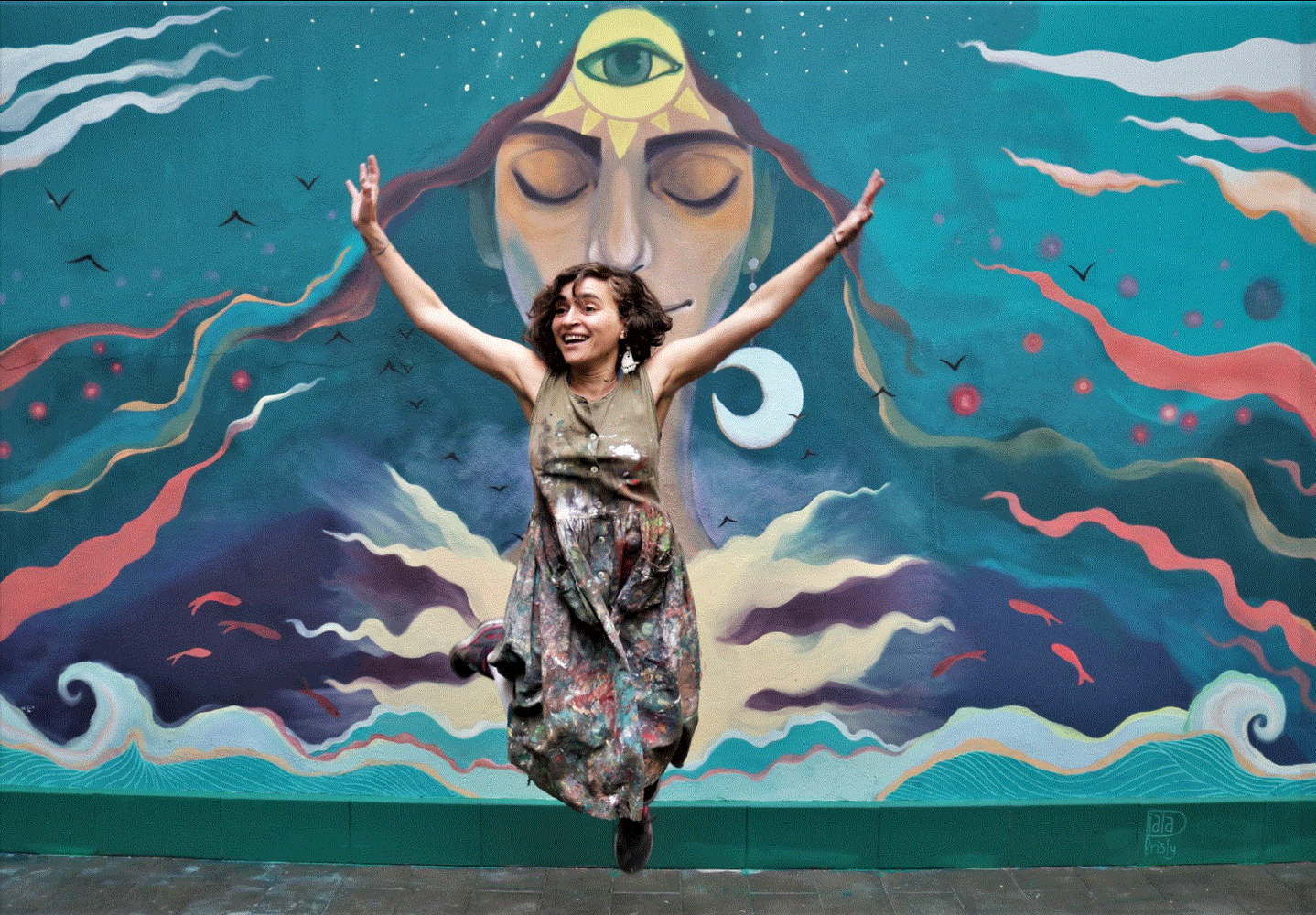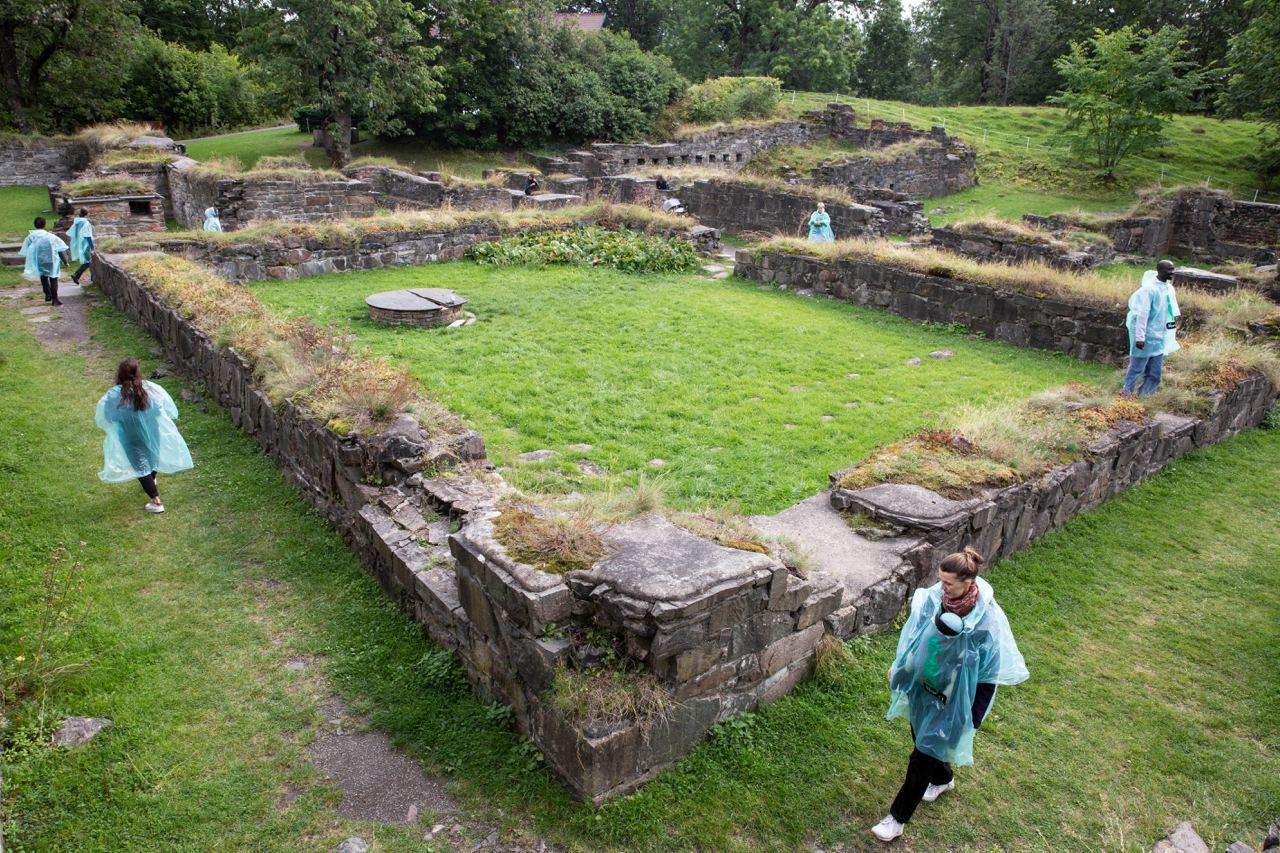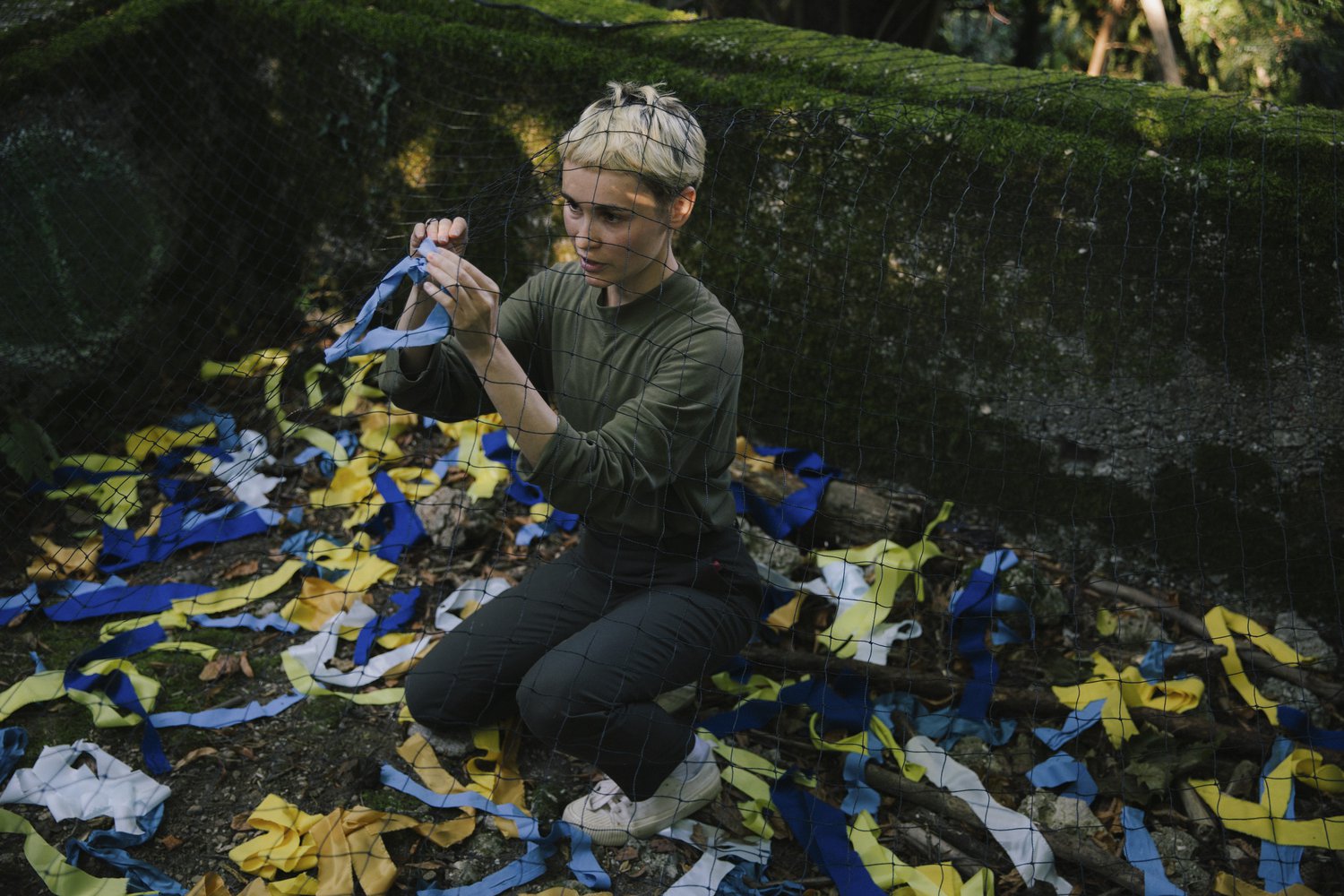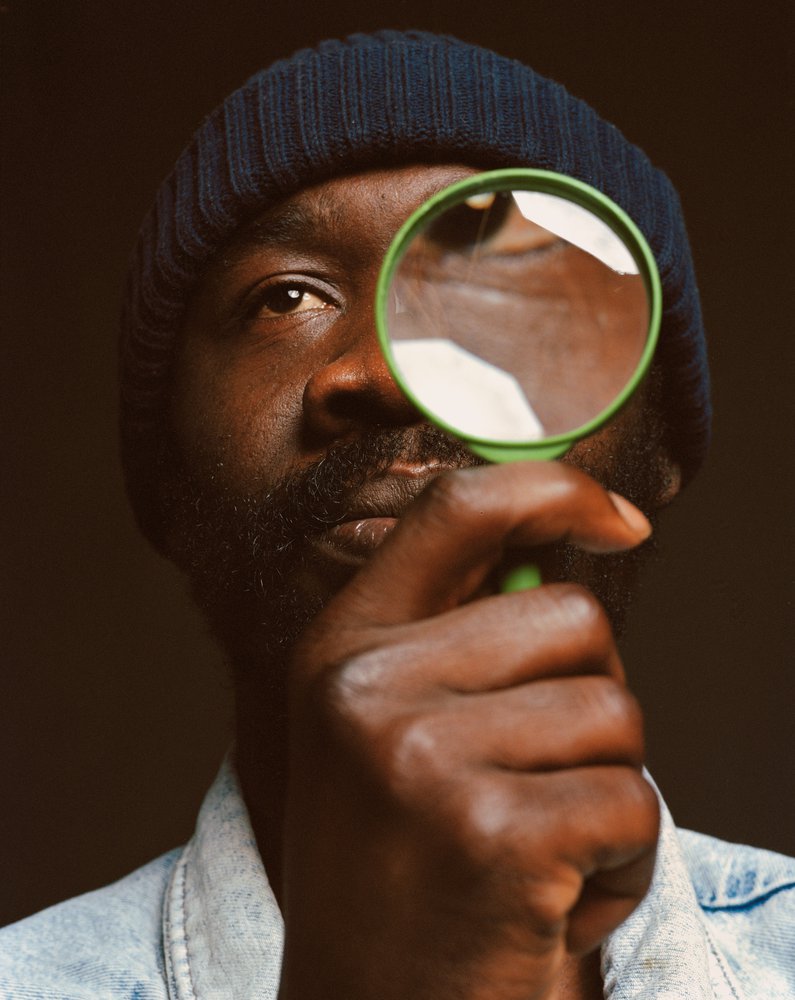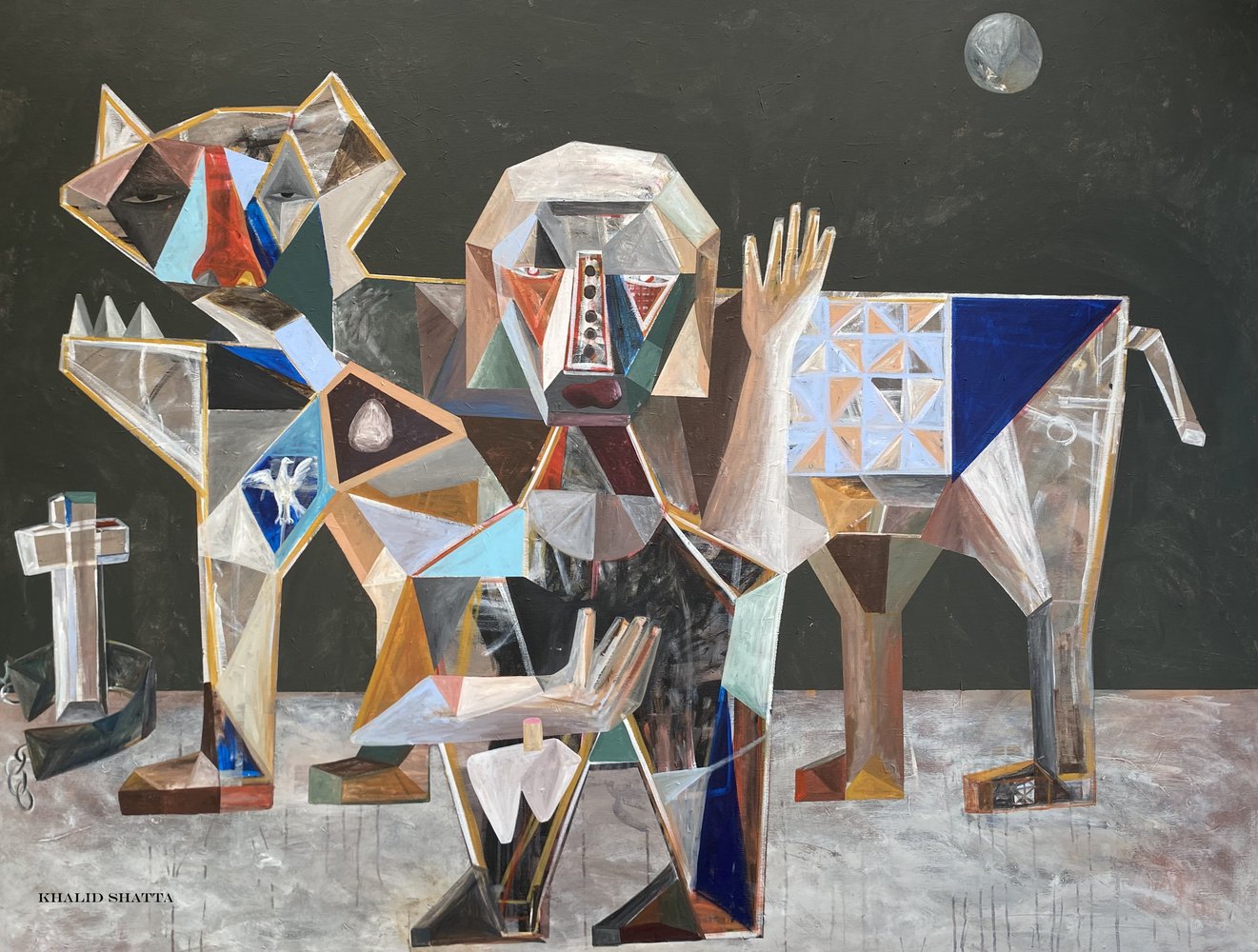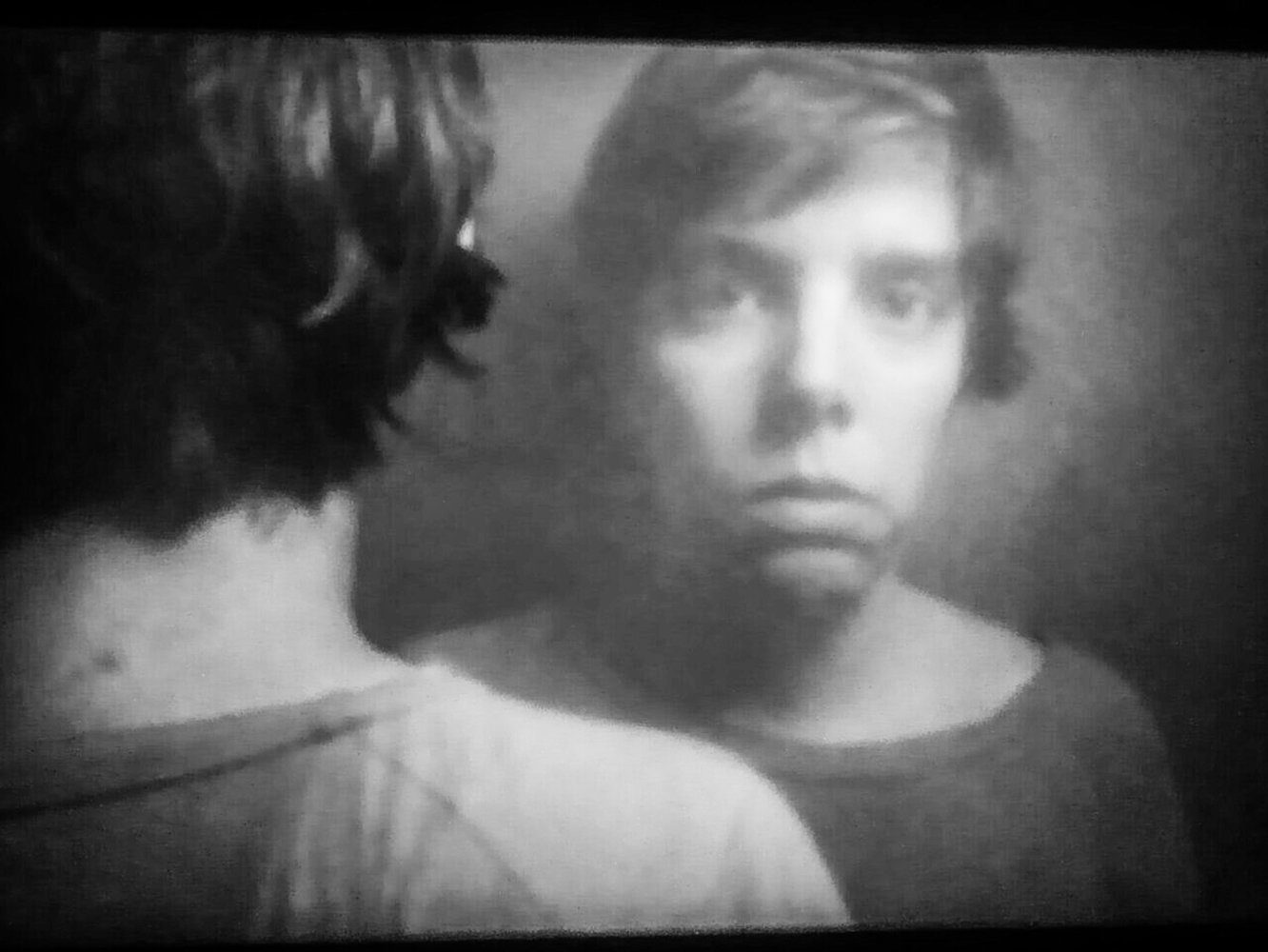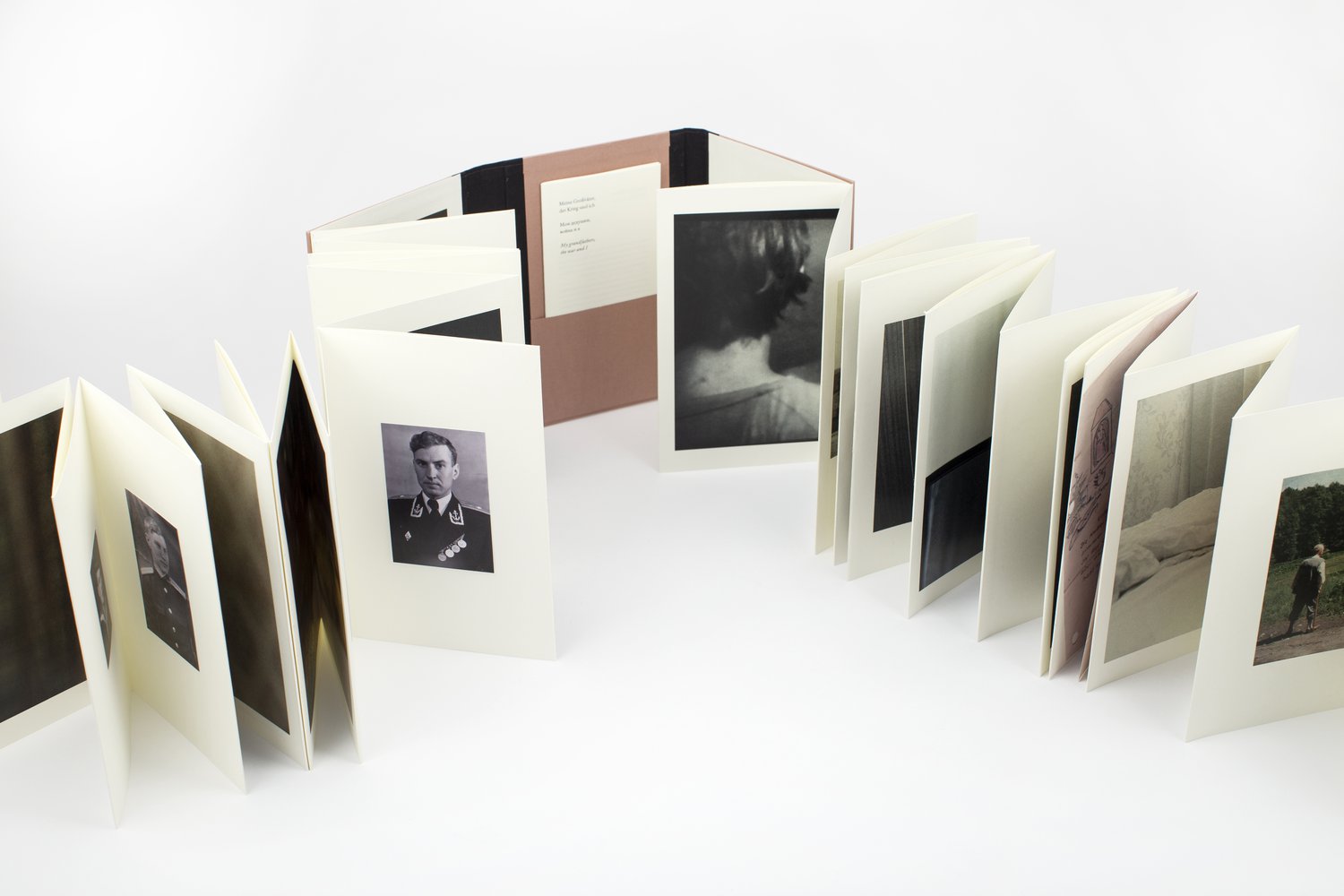About the residency
This residency will investigate how creative practice can enable new ways of seeing, relating to and understanding individual and collective experiences of violent conflict and oppression. Through creating together, the group of residents aims to counter the many ways that realities of war, oppression and exile are commonly silenced or distorted. The residents will create space for dialogue around their creative work in interaction with local audiences, who often have not experienced war. A central theme will be healing processes after war, oppression and exile. The residents will research how individual and collective healing is interconnected - as trauma reveals itself in individuals but is often collective in its cause, manifestation and consequence. Institutional partners include PRIO, the Goethe-Institut, Verhalenhuis Belvedere and Boijmans Zuid.
Residency approach
The two-months residency facilitates individual and collective work by four to six international artists, creatives and academics, in collaboration with locally-based individuals. The group builds on a combination of academic knowledge, lived experience and practice-based knowing in order to broaden the dialogue and reach wider audiences. Formats and explorations develop from inside the group and in close collaboration with local institutions and artists. This process to learn from an experimenting, emergent approach will be recorded systematically. Residents and those they collaborate with will also be offered a number of creative and thematic workshops of relevance to their work, and jointly visit relevant institutions, performances and exhibitions.
Another central part of the residency approach is its interaction with different types of audiences. The residents all have experience working with local communities, and engage in participatory and interactive creative practice that evolves in collaboration with local artists and audiences – often in public space through artistic intervention in relevant sites. Diala Brisly will create a mural with residents of Rotterdam, and Daria Pugachova will develop a public healing ritual performance. A regular Open House will be organized at the Goethe-Institut Rotterdam, where the residents are hosted. To also reach relevant policy makers we will collaborate with i.a. DutchCulture and KPSRL to host public talks. The residency will be concluded with a festival week.
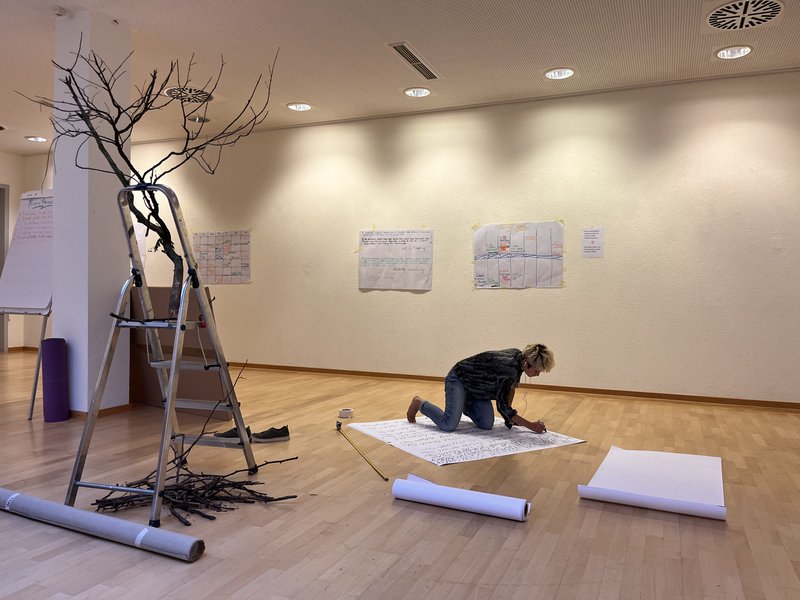
The Residents
The 2023 Rotterdam residency has been created by a group who met at a previous residency in Oslo in 2022. The 2023 residency is a next step in this collaboration, inspired by a wish within the group to move from research on the topic to creating together. Diala Brisly, Cindy Horst, Daria Pugachova and Khalid Shatta will be collaborating creatively during the two-month period. Others, including Nastassja Nefjodov, will participate for shorter periods of time.
In the summer of 2022, thirteen artists/creatives came together in Oslo for the PRAKSIS/PRIO residency Repression – Expression // Violence – Creative Resistance. The residents, shortlisted from a large pool of applicants, encompassed both visual artists and performing artists. The group’s life experience stems from different continents, mostly involving migration and first-hand, second-hand or vicarious (traumatic) experience of war, oppression and/or exile. It includes academics and artists, who find it valuable to work together as they explore the theme with different tools (for example, cognitive versus practice-based learning). The residents make use of different modes of expression, which comes with particular opportunities and challenges. For academics working on war and oppression, it is valuable to collaborate with artists to explore the embodied nature of these lived experiences. For artists, working with academics often triggers and enables deeper reflection on themes and approaches.



